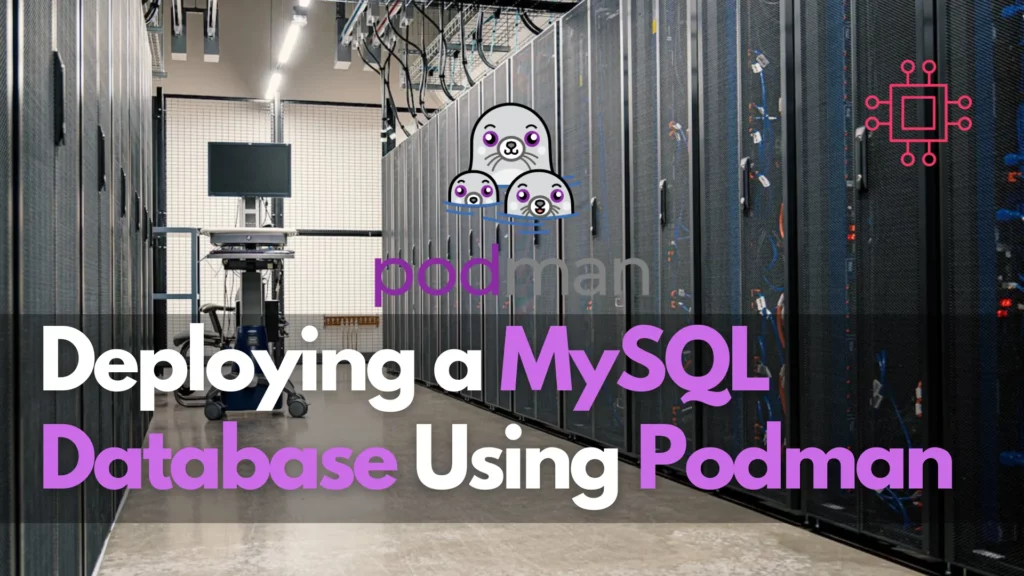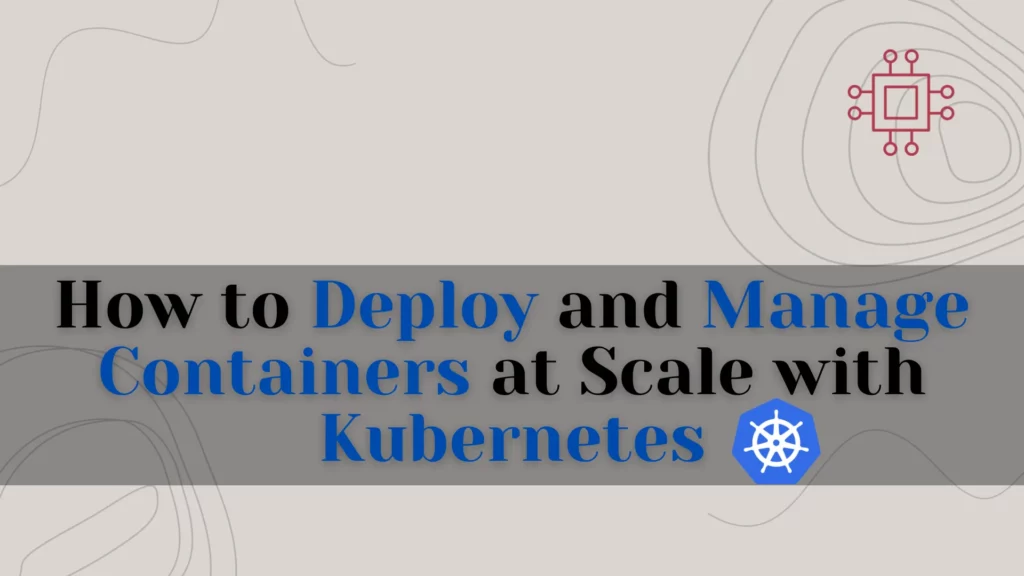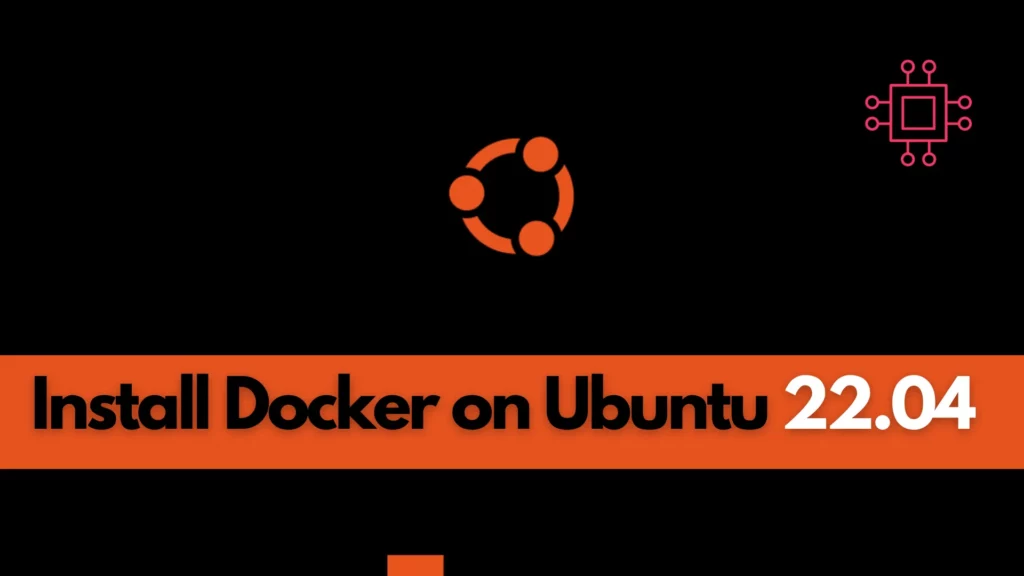12 ways to find your IP address in Linux

In this blog post, we’ll delve into 12 tried-and-tested methods to find your IP address in Linux, equipping you with the knowledge to effortlessly navigate networking tasks and troubleshoot connectivity issues. Table of Contents Introduction In the Linux ecosystem, having the ability to quickly locate your IP address is invaluable for various networking tasks, troubleshooting, […]
Host Your Own Podman Registry

In this guide, we’ll explore how to host your own Podman repository, empowering you with greater control over your container images. Table of Contents Introduction In the continuously evolving realm of containerization, tools such as Podman have become indispensable for both developers and system administrators. As an alternative to Docker gains momentum, efficient management of […]
Virtual Hosting Management with Podman and HAProxy: Optimize and Secure Multiple Websites

In this comprehensive guide, we’ll explore how to master virtual hosting management using Podman and HAProxy, enabling you to streamline your web infrastructure, achieve optimal performance, and secure your websites with HTTPS. Table of Contents Introduction In today’s digital world, handling many websites efficiently isn’t just about making things easier; it’s super important for both […]
Install NoMachine on RHEL9 or CentOS9

In this article, we will review how to Install NoMachine on RHEL9 or CentOS9, providing a comprehensive guide to setting up this powerful remote desktop solution on two of the most popular Linux distributions in enterprise and server environments. Table of Contents Introduction In today’s interconnected world, remote desktop solutions have become indispensable for seamless […]
Podman HTTPS Server Setup: A Comprehensive Guide

This guide examines how to setup an HTTPS server using Podman, a containerization tool, thereby fortifying a secure and streamlined hosting environment for your web applications. Table of Contents Introduction Amidst the dynamic realm of web hosting, prioritizing security is fundamental. With a growing focus on protecting user data and establishing secure connections, the adoption […]
Install Webmin on RHEL9 or CentOS9

In this guide, we’ll walk you through how to install Webmin on RHEL 9 or CentOS 9, ensuring smooth server management with ease. Table of Contents Introduction Managing a server efficiently often requires robust administrative tools that streamline tasks and provide a user-friendly interface. Webmin is one such tool, offering a comprehensive web-based administration platform […]
Deploying a MySQL Database Using Podman

In this comprehensive guide, we’ll walk through the process of deploying a MySQL database using Podman, covering installation, configuration, and best practices. Table of Contents Introduction In today’s dynamic landscape of software development and deployment, containerization has become a cornerstone technology. Among the plethora of container management tools available, Podman stands out for its lightweight […]
How to Deploy and Manage Containers at Scale with Kubernetes

In this guide, we will explore how to manage containers at scale using Kubernetes. We’ll delve into the complexities of deploying and managing containers, offering actionable insights and real-world examples to help you master container orchestration. Table of Contents Introduction In today’s fast-paced digital landscape, where agility and scalability are paramount, containerization has emerged as […]
Install Docker on Ubuntu 22.04

In this guide, we’ll walk you through the steps to install Docker on Ubuntu 22.04, enabling you to harness the power of containerization for your projects. Table of Contents Introduction In the world of modern software development and deployment, Docker has become an indispensable tool. Docker simplifies the process of packaging, distributing, and running applications […]
Install Remmina on Ubuntu 20.04

In this guide, we’ll walk you through the step-by-step process to install Remmina on Ubuntu 20.04. Remmina is a comprehensive remote desktop client packed with features, enabling you to establish connections to diverse remote desktop protocols like RDP, VNC, SSH, and beyond, all within a unified application. Table of Contents 🔈Introduction Are you an Ubuntu user […]
